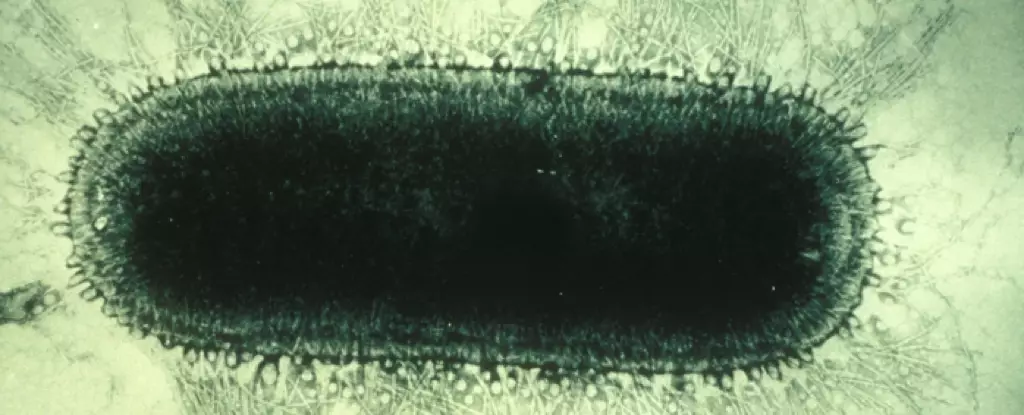In November 2023, a feral kitten in Omaha, Nebraska, tested positive for rabies, causing concerns about a potential outbreak in the area. What made this case even more alarming was that the kitten was infected with the raccoon variant of the virus, typically found only in the Appalachian Mountains. This discovery prompted the formation of a public health task force to vaccinate all raccoons in the area and prevent further spread. While the situation was likely contained, understanding how rabies is transmitted is crucial in preventing future outbreaks. In this article, we will explore the mechanisms of rabies vaccination and ways to protect ourselves from this deadly disease.
Rabies is an ancient viral disease that has plagued communities for thousands of years. Classified as a neglected tropical disease, it predominantly affects impoverished areas lacking adequate surveillance, prevention, and control measures. The infection progresses through various stages, including an incubation period, flu-like symptoms, severe neurological effects, coma, and ultimately, death. The initial symptoms often mimic common ailments such as fatigue, fever, and nausea. As the disease advances, it manifests as aggression, confusion, difficulty swallowing, and paralysis. Rabies pathogens belong to the Lyssavirus genus and primarily infect warm-blooded vertebrates. While almost all mammals can be infected, only specific animals act as reservoirs, allowing the pathogen to replicate, survive, and spread. In the United States, skunks, bats, foxes, coyotes, and raccoons pose the highest risk of rabies transmission.
Animal bites, particularly from infected animals, are the most common mode of rabies transmission to humans. However, exposure through open wounds or mucous membranes can also lead to infection. Once inside the body, the virus reproduces in muscle tissue or directly targets the brain, causing inflammation and eventually resulting in organ failure. Measuring the global burden of rabies is challenging due to inadequate surveillance. While human rabies cases are rare in the U.S., averaging one to three cases per year, tens of thousands of deaths occur worldwide annually. Animal rabies rates fluctuate year by year, and the COVID-19 pandemic has further disrupted vaccination efforts in lower-income countries, contributing to an increase in feral animal populations and subsequent human cases. Factors such as urban proximity, transportation hubs, climate change, and human-animal interactions all contribute to the spread of rabies.
In attempts to control rabies, past strategies involved culling infected animal populations. However, this approach proved ineffective, raised ethical concerns, and incurred substantial costs. Animal vaccination, on the other hand, presents a more promising solution. Oral rabies vaccination campaigns, distributing vaccine-laden baits in local environments, have successfully controlled rabies in coyote, fox, and raccoon populations in Europe and North America. Efforts in Texas eventually led to the elimination of canine rabies in the state. Furthermore, oral vaccines are being considered for other countries, such as India and Thailand, to combat rabies in dogs. With no proven treatment for rabies, prevention through education and vaccination remains critical.
Prevention of rabies involves avoiding exposure and receiving vaccination either before or after potential encounters with infected animals. Preexposure prophylaxis (PrEP) entails exposing the immune system to a harmless version of the virus, providing future protection. Those in high-risk occupations, such as wildlife biologists, veterinarians, and animal control personnel, are advised to receive two doses of the rabies vaccine. The Centers for Disease Control and Prevention also recommends booster doses for individuals at elevated risk. Travelers to areas with a high prevalence of rabies should consider vaccination. Postexposure prophylaxis (PEP) involves immediate vaccination and administration of human rabies immune globulin (HRIG). HRIG provides temporary antibodies to neutralize the virus until the individual’s immune system can produce its own. Subsequent doses of the rabies vaccine are administered in the following days, with an additional fifth dose for immunocompromised individuals. Regular pet and livestock vaccinations are also crucial in curbing rabies exposure.
Rabies cases can sometimes go unnoticed, particularly if the animal bites are small or if individuals are unaware of a previous encounter with an infected animal. Laboratory tests can confirm the presence of rabies in animals and identify specific viral variants. However, physicians may initiate treatment based on suspected cases, especially if potential exposure to bats is involved, as recent fatal rabies cases in the U.S. have been associated with unknown bat bites. It is essential to report any animal bite to the appropriate authorities or healthcare professionals.
In addition to vaccination and prophylaxis, there are practical steps individuals can take to protect themselves from rabies. These include vaccinating and closely supervising pets, refraining from handling wild animals that exhibit strange behavior, avoiding contact with sick or injured animals, refraining from feeding wildlife, treating animals respectfully, and reporting animal bites to the appropriate authorities. Public awareness and education are crucial components in preventing the spread of this deadly disease.
Continued research and development of new rabies vaccines for both animals and humans are ongoing to improve safety, cost-effectiveness, and efficacy. Scientists are also exploring treatments to control rabies once it reaches the central nervous system. By prioritizing prevention, education, and vaccination, we can overcome the challenges posed by rabies and work towards a world free from this deadly disease. As we commemorate World Rabies Day on September 28th, let us remember the pioneering work of Louis Pasteur and remain committed to eliminating rabies worldwide.



Leave a Reply